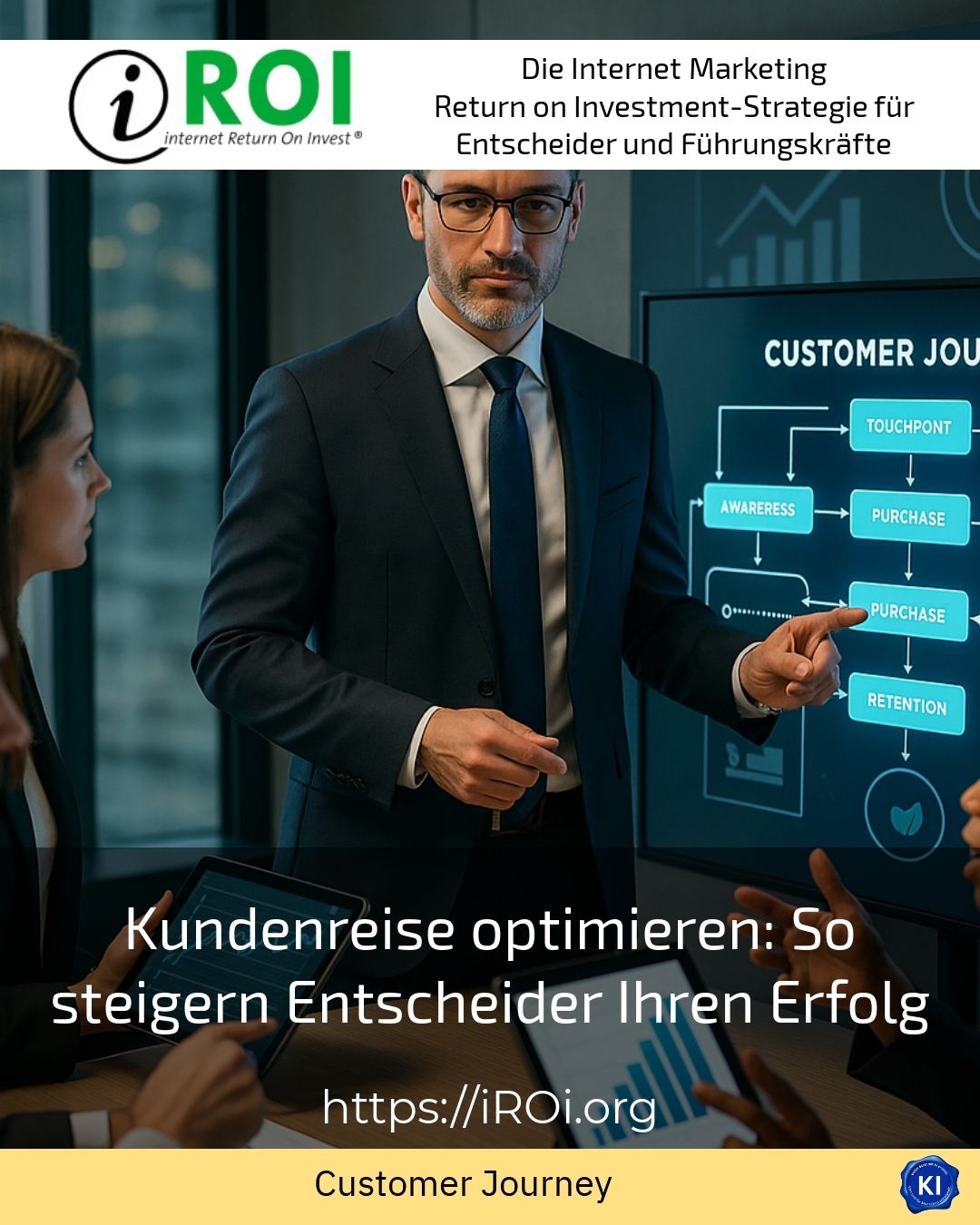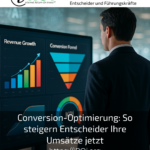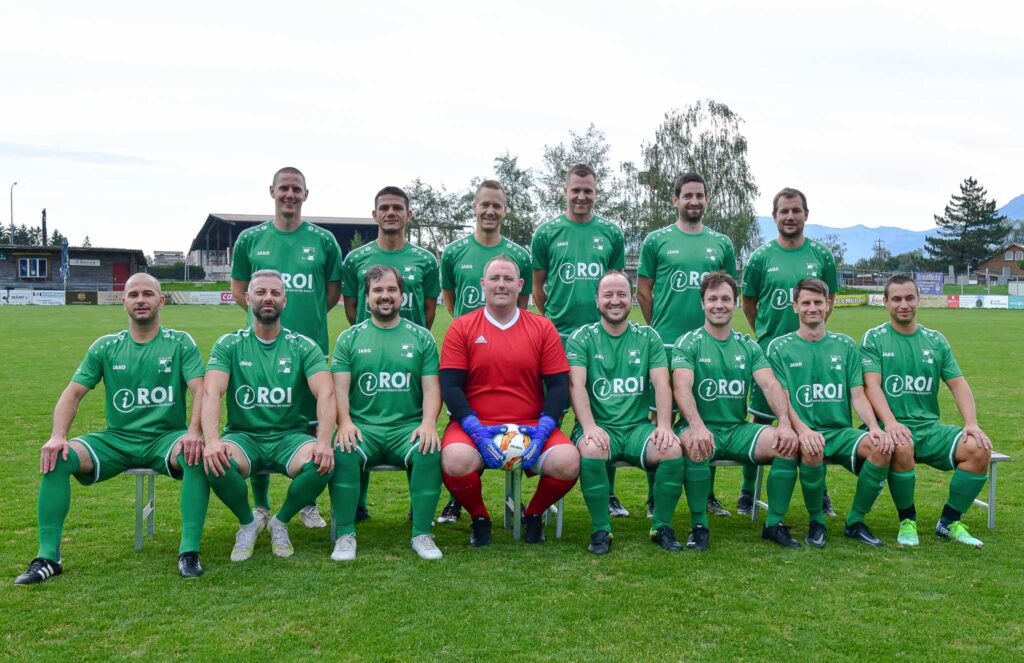Like it or not, social media has become a part of everyday life, and so has the way you present your business to your customers. Whether you own a small handyman service or a computer repair shop, if you want to increase your market share, you need to be present on social media.
But how can you find out whether or not you're actually making an impact on social media? It can be daunting at first, especially if you don't consider yourself a technology expert. But if you follow these guidelines, you can easily determine how your customers are interacting with you on social media.
Understanding social analytics
It makes sense to understand the importance of social analytics before you try to measure it. Put simply, social analytics are the measurements of the success of your social media marketing. However, that doesn't necessarily mean you need to look at your Facebook follower count or retweet count (although that is part of it). Instead, consider the following things to fully understand your social media analytics.
The size of your community
This point is quite simple to understand as you only need to look at the total number of followers or Facebook fans you have. If you have multiple social media accounts, you should look at all your fans across all social media as the total number can give you an indication of whether you are marketing yourself effectively on social media or not. The more you grow your community, the more effective your social media marketing will be.
To maintain an overview of all the analytical data of your social media profiles Klout a resource you should definitely use. It can analyse up to 12 social media profiles and measures the influence of each profile based on the engagement of your followers. This makes it easy to see which of your updates are having the biggest impact on your customers and followers.
Bounce rate
This is where it gets a little tricky. Your bounce rate is the percentage of visitors who either leave your website immediately after visiting or move from one page to another. A higher bounce rate means that more visitors are actively exploring your website, which means they are interested in your content and want to learn more about it! Google Analytics is one of the best analytics resources on the market, especially when it comes to determining bounce rates for small and medium-sized businesses.
Conversion rate from visits to leads
This determines exactly how many of your followers actively visit your social media profiles based on "leads" you have. This could be a special offer for a product or service you are offering or some other type of promotion.
By measuring this, you can determine which leads are more successful than others, allowing you to increase the effectiveness of your social media marketing strategy. If you are struggling to determine this information Google Analytics is an excellent tool for analysing this type of conversion rate.
Lead-to-customer conversion rate
This is perhaps the most important conversion rate. It can be somewhat difficult to track since it doesn't technically take place on social media, but it can help you determine whether or not your social media presence is bringing in customers. This conversion rate refers to the number of people who actually become one of your customers as a result of a "lead" you post on social media. Understanding this number will help you determine which leads are most effective in bringing in more potential customers.
The tone of engagement
The old adage "there's no such thing as bad publicity" doesn't really apply to social media. A good reputation that you have built up over years can collapse in a matter of days if you neglect your brand on social media. So you need to be able to determine if your customers/fans are positively engaging with the content on your social media pages. This way you can determine if they are happy with your offering and if they seem unhappy with something, you can try to communicate with them to resolve the issue.
Who exactly are your followers?
It is important for any business to know its customer base and social media can help you do this. This aspect of social analytics is important because it allows you to identify not only who your customers/fans are, but also other important marketing aspects such as where they are located or when they visit your website.
This also allows you to determine whether visitors to your websites are actually prospects or other "competitors" in your industry - which means you need to change your social marketing strategy to attract new customers.
Determine where the lead came from
If you are running special promotions on referral or paid advertising sites, you definitely want to know if they are effective in attracting customers. You can use these statistics to determine which leads are driving more traffic to your website, and you can figure out where you want to focus most of your social media marketing efforts.
One of the best social media analytics resources you can use to track your leads is Bit.ly. It's a URL shortening and tracking tool that can be incredibly useful if you use Twitter and probably Facebook too. More importantly, it allows you to see which links are getting the most clicks. By utilising this resource, you can find out what type of content your customers/followers are most likely to be interested in.
How do your customers see your brand?
Therefore, you should know if they have followed you through word of mouth or if they have "liked" your page after benefiting from a special promotion. This can tell you how effective your marketing strategy is and whether some customers are satisfied with your products and offers.
And if you really want to get a comprehensive picture of how your customers/followers see your brand, the SimplyMeasured free analytics reports that show you how effective you are on each social media site. SimplyMeasured even offers reports that compare your social media stats with your competitors!
By using the right resources and tools, you can better understand your social media analytics. And if you understand your social media analyses, you can also better understand your customers' motivations and find out what makes them loyal followers of your brand!















